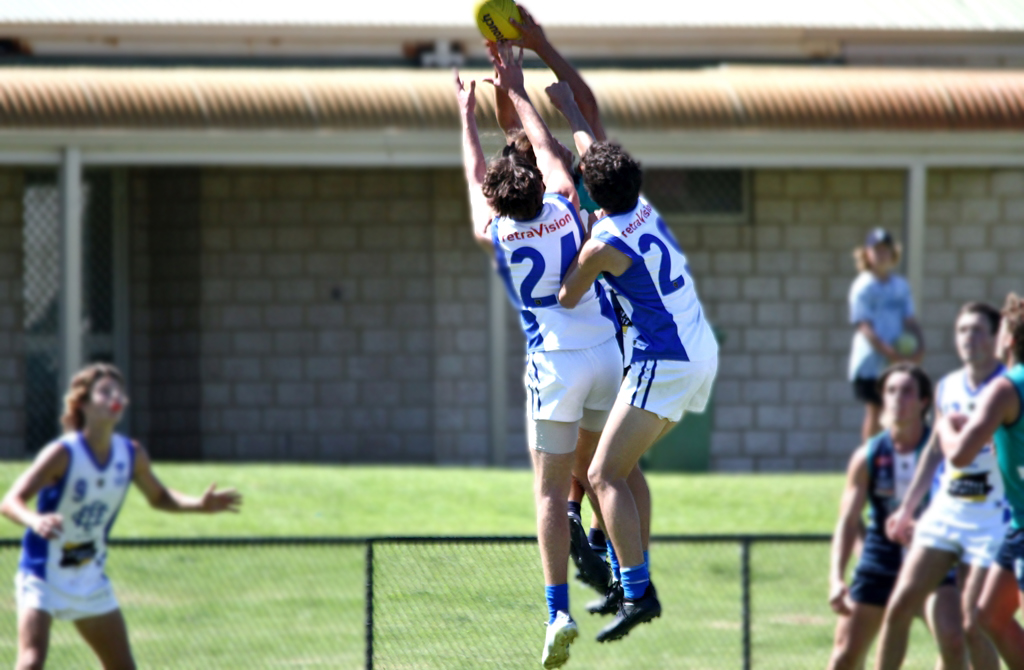It’s the end of the AFL season 2016 and teams are already frantically preparing to improve on last season’s efforts in the NAB AFL Trade Week. During this time head honchos and list managers will come together to argue, debate, negotiate and broker deals that brings talent and results to the club and the playing field in season 2017.
If you’re a West Coast or Fremantle Fan, you may be wondering how Sam Mitchell or Cam McCarthy are going to look in your favourite jumper next year. If you’re a coach you may be wondering how many disposals or goals they will have next year. Or if you’re a Physio or a Medical staff member, you may be wondering how their hamstrings or their knees are going to cope with another 12 months of intense AFL training. This usually requires a medical screening to assess the health and likelihood of injury of the players.
Just like buying a car, you want to know it’s reliable and unlikely to break down after only two laps. After all, no one wants to buy a lemon. Just like a mechanic, it’s up to the Physio and medical staff to take a look under the hood and check how the engine and parts are running.
Physiotherapists conduct a Musculoskeletal screen to assess any underlying injuries or potential injuries based on how your body moves, stretches and produces power. Common sites for assessment are the hips, groins, hamstrings and lower backs. Extra testing may be conducted for previous injuries the player may have suffered earlier in their career.
In 2015, recurrent hamstrings and hip/groin injuries represent 16% and 20% of all hamstring and hip/groin injuries suffered during the season.
Overall 11% of all injuries in 2015 were recurrences of previous injuries. This has been a consistent trend over the past 10 years where the rate of recurrence spans between 9-15% over that same timeframe.
AFL clubs perform these screens to protect their investment, but the screening is also a useful tool for injury management and providing the player with an effective program to manage their condition and minimise the risk of re-injury. The same can be said for Sam Mitchell and his hamstring history as well as the local footy club captain and his dodgy left hammy which he hurt just before finals this year. In both cases a Physiotherapist can screen and assess the damage or the risk of further injury with an assessment and plan for the future.
If you would like to book a musculoskeletal screen for your previous injury or would like to elevate your game to a higher level this preseason, call and make an appointment today. The Staff at Lifecare Kingsway would be happy to help you get back on the field and performing at your best .

